Nestled in the hills of Argyll, above Lochgilphead, lies a fascinating and mysterious site: Achnabreck. Known for its extraordinary rock carvings, Achnabreck remains one of Scotland’s most intriguing prehistoric landmarks. With symbols etched into the rock face, some dating back over 5,000 years, this site has captivated archaeologists, historians, and visitors alike. Achnabreck’s carvings—concentric circles, spirals, and enigmatic grooves—have baffled experts for centuries, leaving us with more questions than answers. What did these symbols mean? Why were they carved into the rocks? And what does Achnabreck reveal about the people who lived in this remote part of ancient Scotland?
The Mystical Rock Carvings at Achnabreck
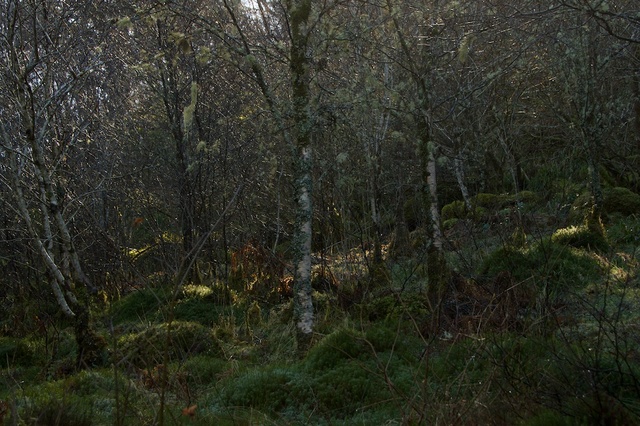
Achnabreck is home to one of the largest and most complex collections of prehistoric rock art in Scotland. The carvings here feature a wide array of motifs, including concentric circles, cup marks, and intricate spirals. Many of these carvings are connected by lines, and some show signs of overlap, suggesting that the site was used over an extended period. These markings, most often referred to as “cup-and-ring” marks, can vary greatly in size, ranging from small cup marks to large circles over three feet wide.
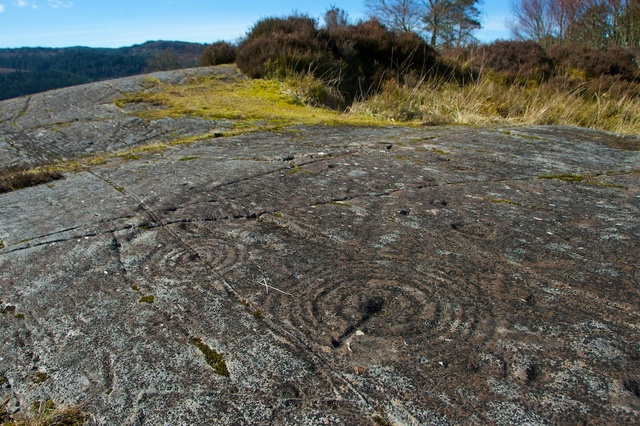
One of the most striking features of the site is the presence of straight lines cutting through the circles, sometimes crossing and interweaving. While some of these lines appear similar to glacial striations, many are deeply incised grooves that appear to intentionally divide or link the circles. This unique combination of natural and man-made markings has fueled speculation about the possible purposes of these designs.
The spirals, particularly, are of great interest to scholars. Similar symbols have been found in Ireland, suggesting that the people who created the rock art at Achnabreck might have had widespread connections across prehistoric Europe. The variation in motifs and the presence of spirals further deepen the mystery surrounding Achnabreck.
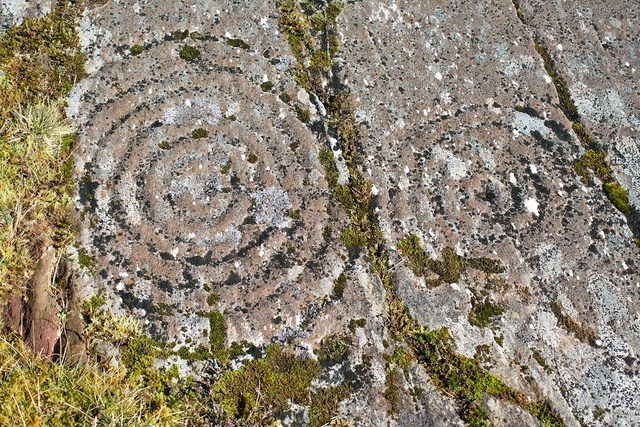
Video
Check out this video to explore the Achnabreck Rock Art Petroglyphs in Kilmartin Glen, Scotland, offering a glimpse into ancient history before Caledonia.
Dating and Historical Context: A Glimpse Into Ancient Times
Archaeological evidence places Achnabreck’s rock carvings in the Neolithic to Bronze Age periods, around 3500 to 1000 BCE. Although it is difficult to pinpoint exact dates for the carvings, the site is generally believed to be over 5,000 years old, with some motifs possibly dating back to the early Bronze Age.
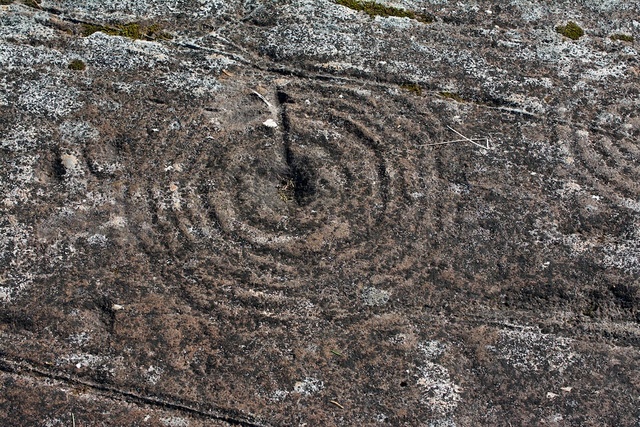
The Kilmartin Glen area, where Achnabreck is located, is rich in prehistoric monuments, offering a glimpse into the lives of the people who once inhabited the region. From burial cairns to standing stones, Kilmartin Glen is a treasure trove of ancient sites, and Achnabreck stands out for its sheer scale and complexity.
The Landscape of Achnabreck: A Sacred Space?
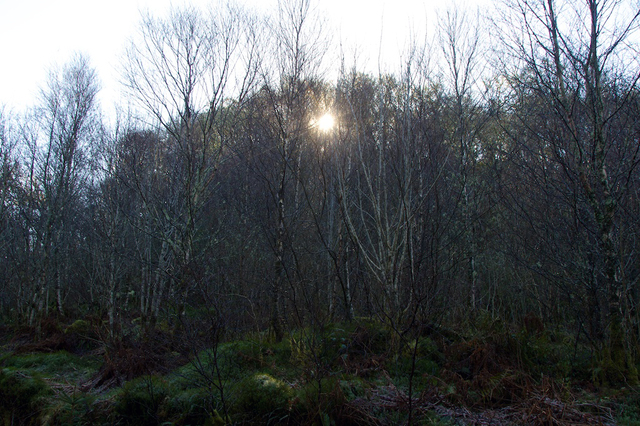
Achnabreck is situated on a hillside, with panoramic views of the surrounding area. This strategic location may have held spiritual significance for the people who created the carvings. The ancient inhabitants of Kilmartin Glen likely believed that the landscape itself held power. It is speculated that the carvings at Achnabreck may have been part of rituals or ceremonies tied to the natural world. The abstract symbols, such as the concentric circles and spirals, could have represented forces or energies connected to the land and the cosmos.
The nearby standing stones and burial monuments in the glen further suggest that Achnabreck was not just an isolated rock art site, but a part of a larger sacred landscape. The prehistoric inhabitants of the region may have seen the site as a place where the physical world and the spiritual world converged.
Tools and Techniques: Crafting the Rock Art
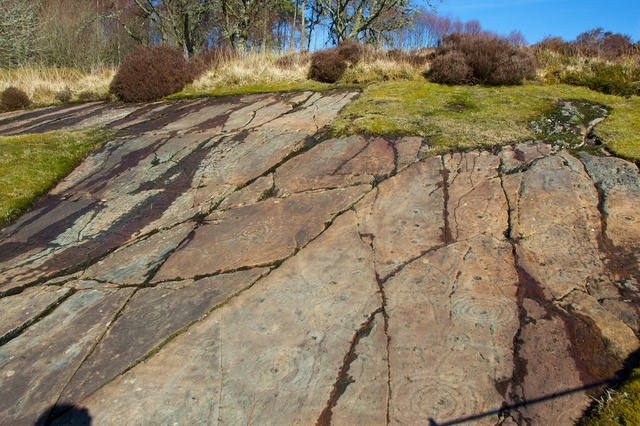
The rock art at Achnabreck was likely carved using quartz tools. Archaeologists have discovered fragments of white quartz, which may have been used in hammerstones, near the site. The precision and detail of the carvings suggest that the people who created them possessed considerable skill and knowledge of the land.
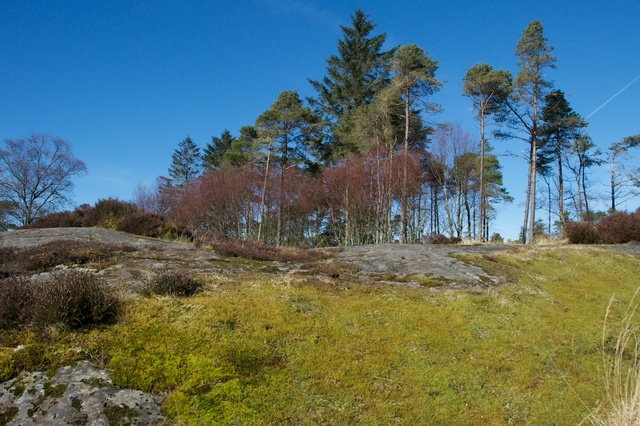
The use of quartz tools was a common practice among Neolithic and Bronze Age communities. The sharpness of the quartz would have allowed for precise carving into the rock, creating the distinct cup marks and grooves that define the Achnabreck site.
Symbolism and Meaning: Interpreting the Markings
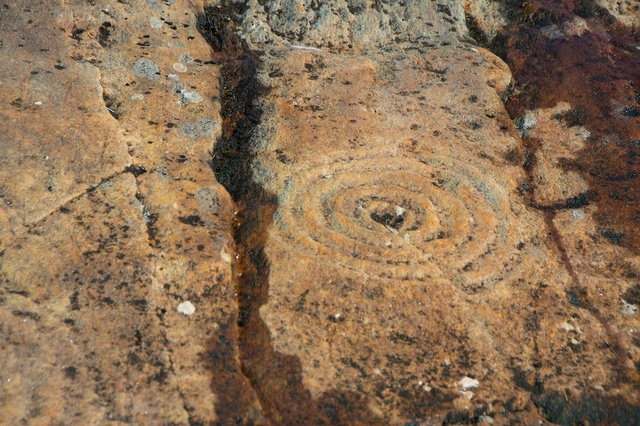
The meaning of the carvings at Achnabreck remains a mystery. Some scholars believe that the rock art represents a form of communication, with each symbol carrying a specific message. The circular motifs, for example, may have symbolized cycles of life, death, and rebirth, while the spirals could represent movement, energy, or cosmic forces. The straight lines might indicate paths or connections between different parts of the landscape.
However, without written records or a clear understanding of the beliefs and customs of the people who created the art, any interpretation is speculative. What is clear, though, is that the carvings were intentionally placed in the landscape, suggesting that they had significant cultural or spiritual meaning to the people who lived here.
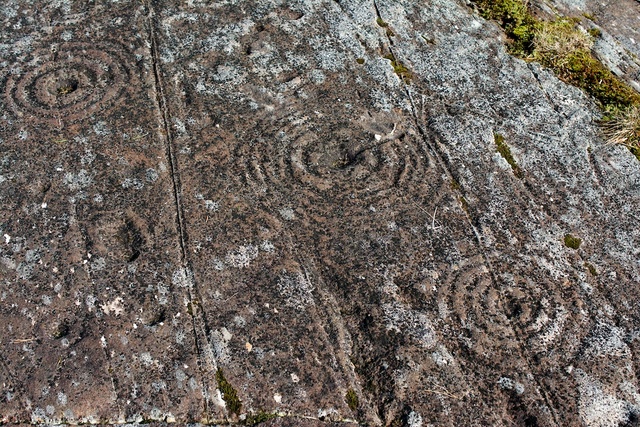
Achnabreck in the Context of Kilmartin Glen
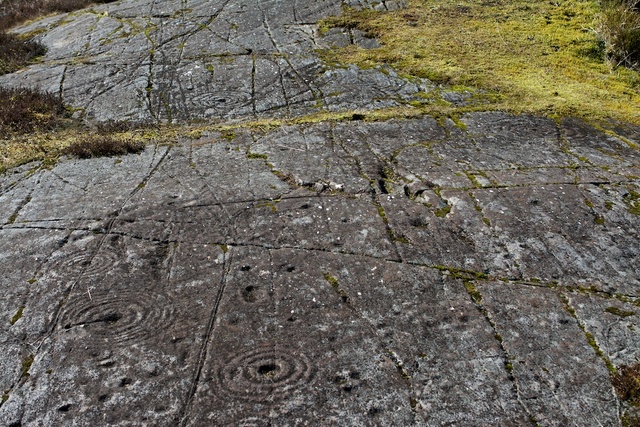
Achnabreck is part of the larger prehistoric landscape of Kilmartin Glen, which is home to a concentration of ancient monuments and rock art. The glen itself is a rich archaeological site, with a variety of burial cairns, standing stones, and other ceremonial structures. The rock carvings at Achnabreck are unique in their complexity and extent, and they form an integral part of the broader landscape of prehistoric Scotland.
The carvings at Achnabreck are closely associated with other prehistoric sites in the area, such as the famous Kilmartin standing stones. Together, these sites paint a picture of a community that was deeply connected to the land and the spiritual forces they believed resided in it.
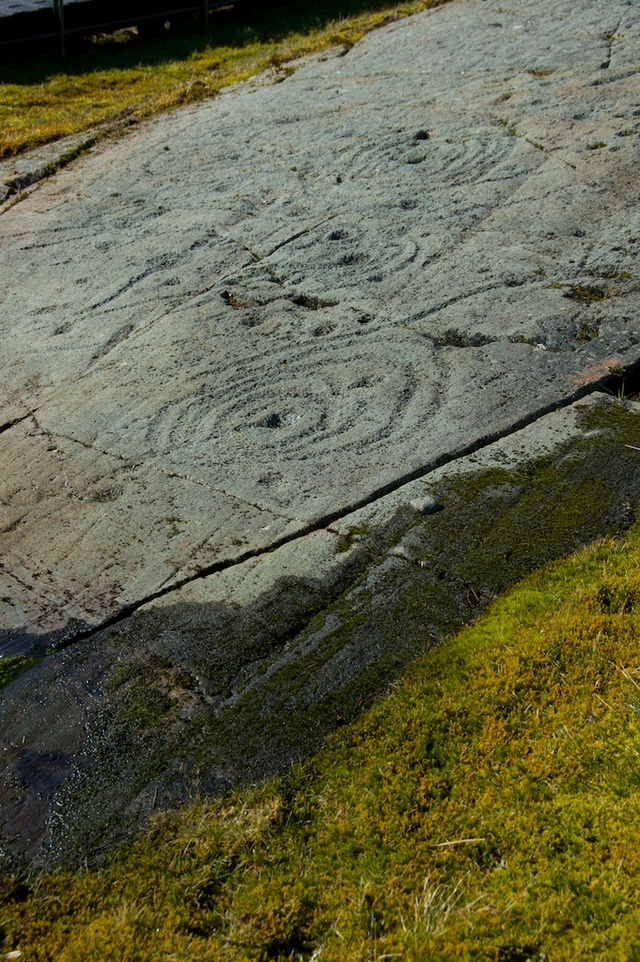
Visiting Achnabreck: Access and Experience
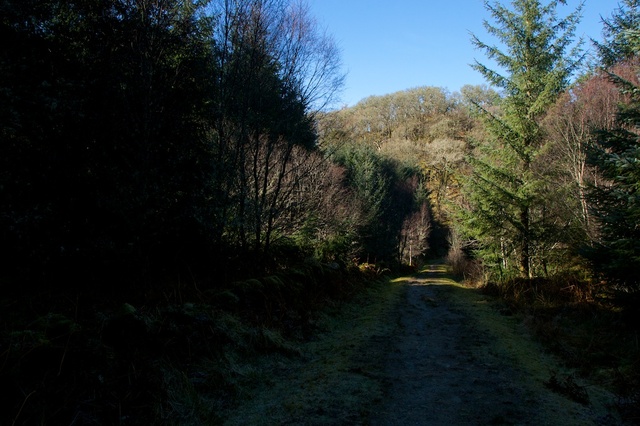
Achnabreck is located just a few miles north of Lochgilphead, easily accessible via a forest track and a marked woodland path. Visitors can enjoy a peaceful walk through the woods, taking in the beauty of the landscape and the rock art along the way. The site offers a chance to connect with ancient history and explore one of Scotland’s most remarkable archaeological sites.
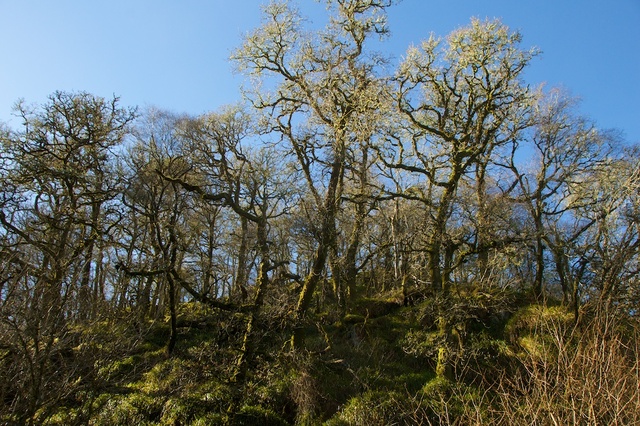

The surrounding area is also rich in natural beauty, with lush oak forests, sparkling streams, and panoramic views of Kilmartin Glen. Whether you’re a history enthusiast, a nature lover, or someone seeking a moment of tranquility, Achnabreck provides a truly unique experience.
The Enduring Mystery: What We Can Never Know
Despite years of research, the full meaning and purpose of the carvings at Achnabreck remain elusive. The site continues to inspire speculation and wonder, as archaeologists and visitors alike try to unlock the secrets of this ancient place. While we may never know the exact intentions behind the carvings, their enduring presence in the landscape is a testament to the creativity and spirituality of the people who created them.
Achnabreck stands as a symbol of Scotland’s rich prehistoric heritage, a place where the past and the present converge. The carvings, still etched into the rock after thousands of years, continue to spark curiosity and imagination. In a world that is often dominated by the rational and the scientific, Achnabreck reminds us that there are still mysteries to be discovered, and that some things are best left to the imagination.

Video
Tune into this second part of the Achnabreck series to dive deeper into the ancient rock art petroglyphs at Kilmartin, unraveling more of Scotland’s rich history.
Conclusion: A Sacred Legacy in the Rocks
Achnabreck is not just a rock art site—it’s a portal into the distant past, a place where we can connect with the ancient peoples who once lived in this landscape. The carvings, with their intricate designs and mysterious symbolism, offer a glimpse into a world long gone but still alive in the rocks. Visiting Achnabreck is not just about seeing ancient art—it’s about experiencing the awe and wonder of a place that continues to captivate and inspire, even as it keeps its secrets hidden beneath the surface. As we look to the future, Achnabreck reminds us that there is still much to learn from the past, and that some mysteries are worth exploring for generations to come.



